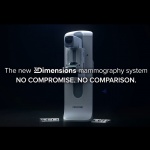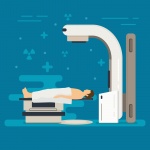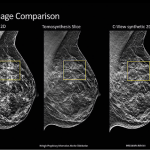
Video • Tomosynthesis
Hologic’s 3Dimensions mammography system now available in Europe
Hologic, Inc. announced that the 3Dimensions mammography system, the fastest, highest resolution breast tomosynthesis system ever, is available for purchase in Europe. The new product is the latest addition to Hologic's portfolio of market-leading breast cancer screening, diagnostic and interventional solutions. It offers a variety of groundbreaking features designed to provide higher quality 3D…

























